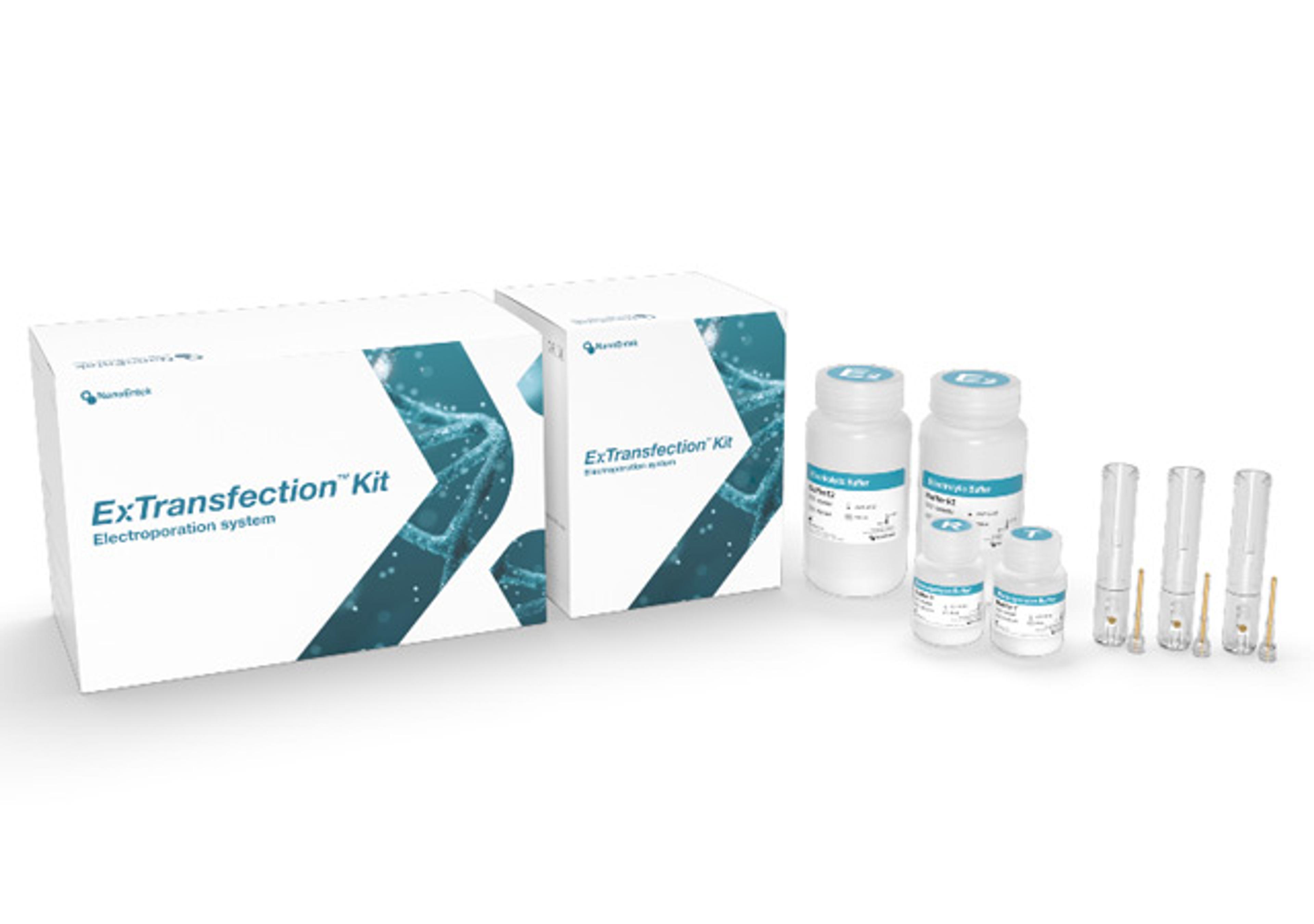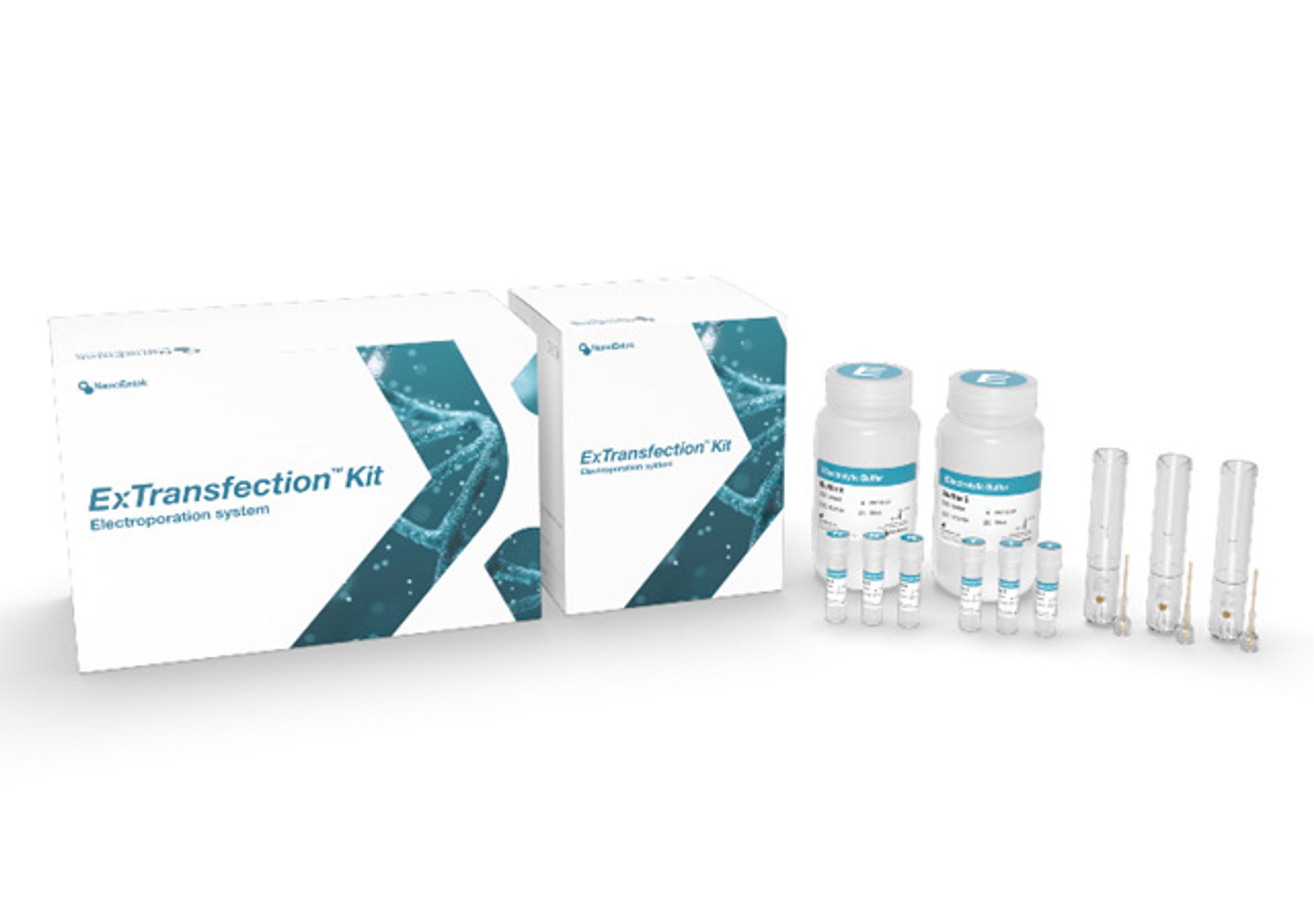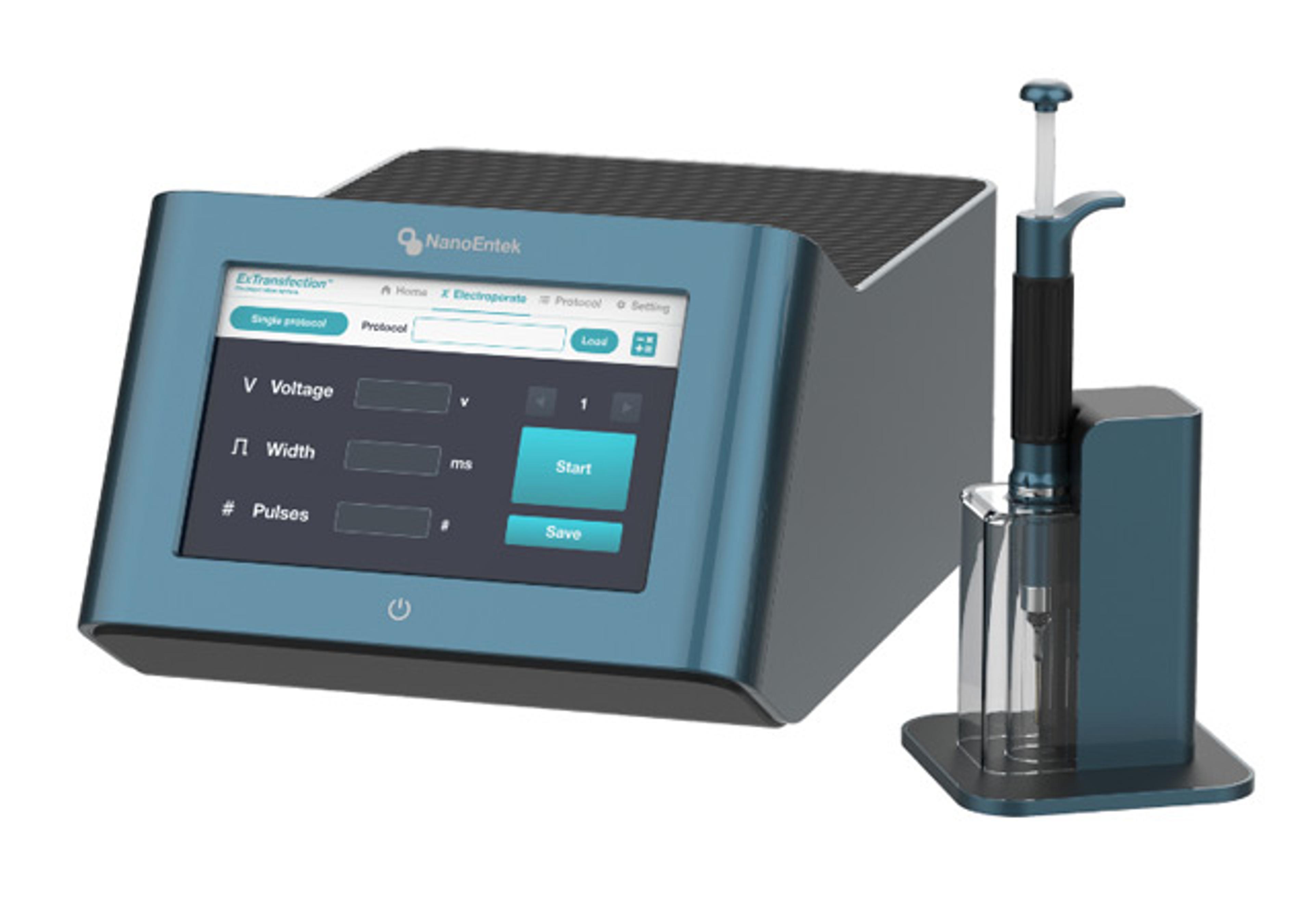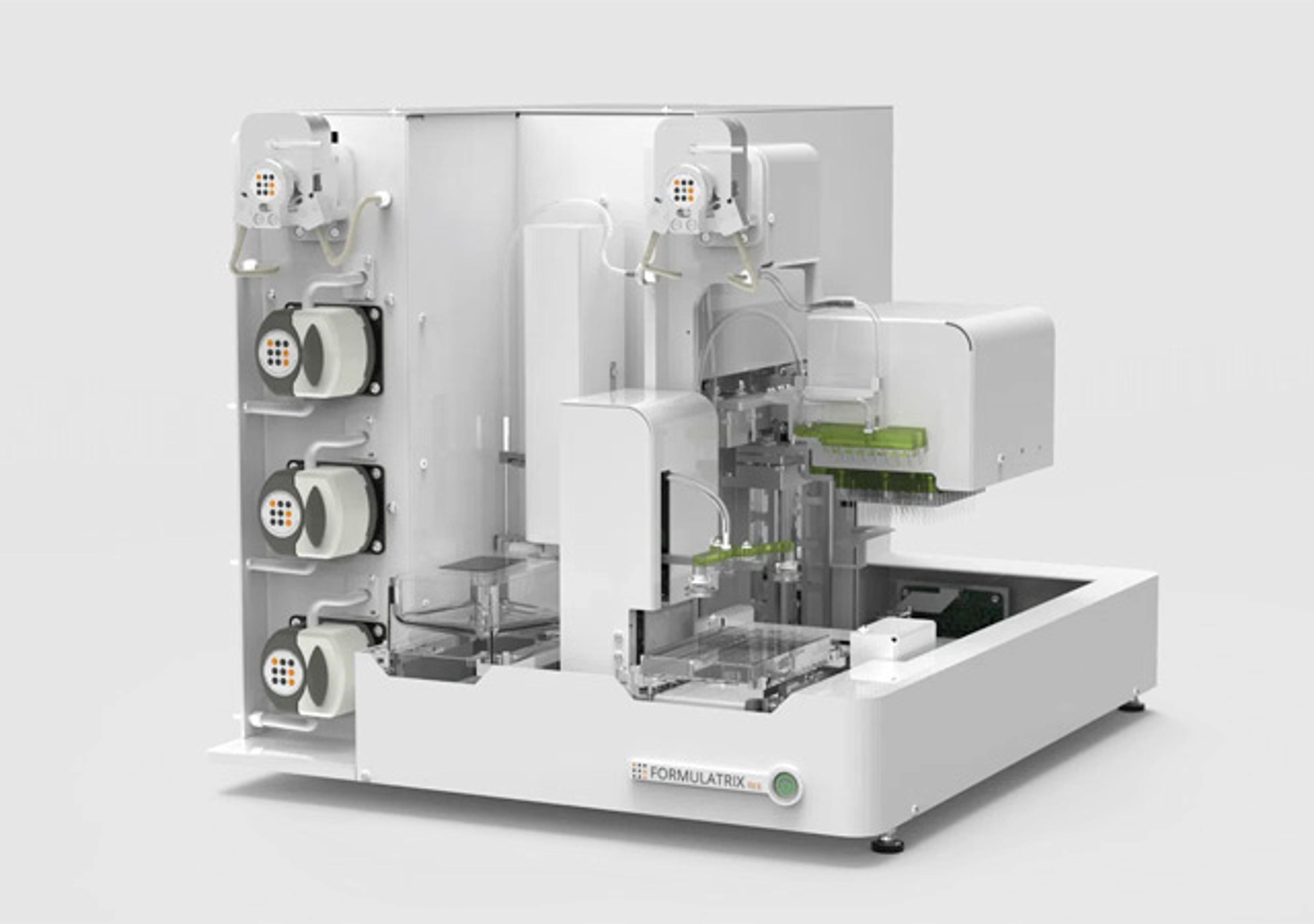Vitamin C (Ascorbineacid)
High Quality Assays with Reproducible and Reliable Results

The supplier does not provide quotations for this product through SelectScience. You can search for similar products in our Product Directory.
This colorimetric microtiter plate assay is suitable for the determination of vitamin C (ascorbic acid) in Li-heparin plasma, serum and urine.For in vitro diagnostic use only.Vitamin C (ascorbic acid), being a part of the antioxidative defense system, is found in both the cytosol and extracellular spaces. Depending on the concentration and the availability of transitional metals, it has antioxidative as well as prooxidative features. The antioxidative effect dominates, especially in extracellular space. Since it acts through formation of semi-dehydro-ascorbate and dehydro-ascorbate respectively, as an electron donor transferring hydrogen to acceptor substances by reversibility, ascorbic acid has strong reducing effects. Vitamin C contributes to the antioxidative defense system in two different ways: it reacts with reactive oxygen species, especially peroxide radicals, and regenerates a-tocopherol (vitamin E). Vitamin C also has a pro-oxidative effect in combination with transition metals. It catalyses the reduction of Fe3+ to Fe2+. The created bivalent iron ions react faster with H2O2. Therefore, the formation of OH• radicals is supported through the Haber-Weiss-Reaction. Due to the very small concentration of free transition metals in biological tissues, the antioxidative features are predominant. As a result of increased oxidative stress, the level of vitamin C is reduced in various syndromes, e.g. the level of vitamin C in blood from HIV positive patients is significantly lower. The content in blood plasma falls from 75.7 µmol/L to 40.7 µmol/L. Smoking causes a high consumption of vitamin C in the blood plasma. Protein thiols are oxidised and after the Vitamin C pool has been depleted, lipid peroxidation begins.Indications-Determination of vitamin C status-Monitoring infusion therapy-Monitoring of oral vitamin C substitution (checking the individual capacity of gastro-intestinal vitamin C resorption)In serum and plasma vitamin C is found as ascorbic acid as well as its oxidized form, dehydro-ascorbate. Both forms are biologically active. In our vitamin C assay, an oxidation is induced prior to analysis so that both forms are measured. A dose response curve of the absorbance unit (optical density, OD at 492 nm) vs. concentration is generated, using the values obtained from the standard. The concentration of the patient sample is determined directly from the linear standard curve.


















